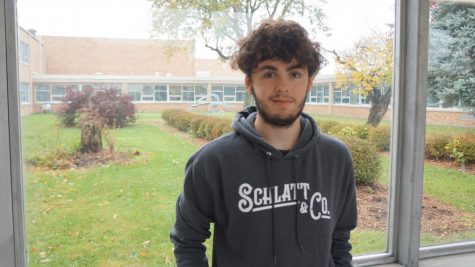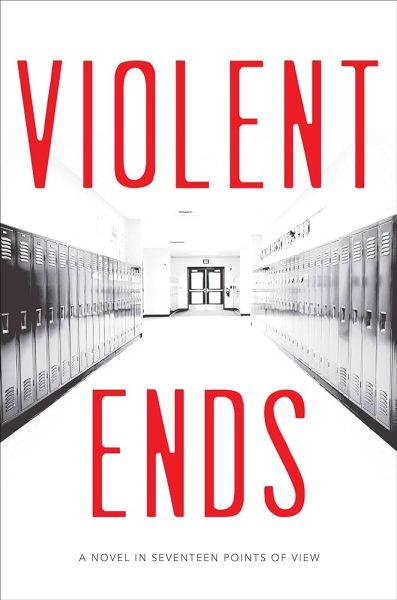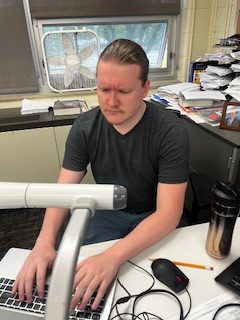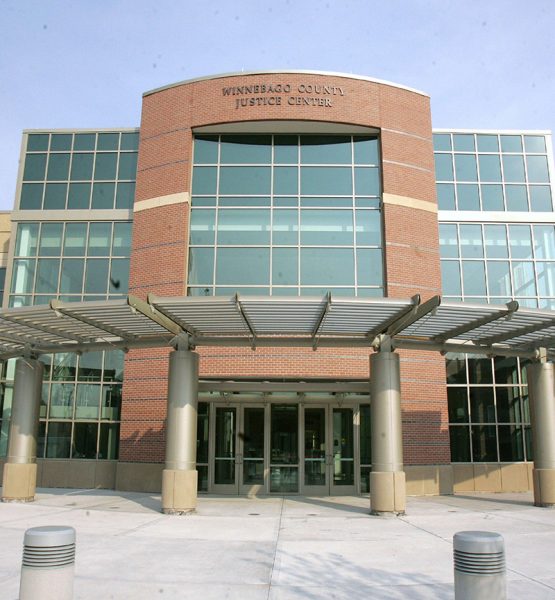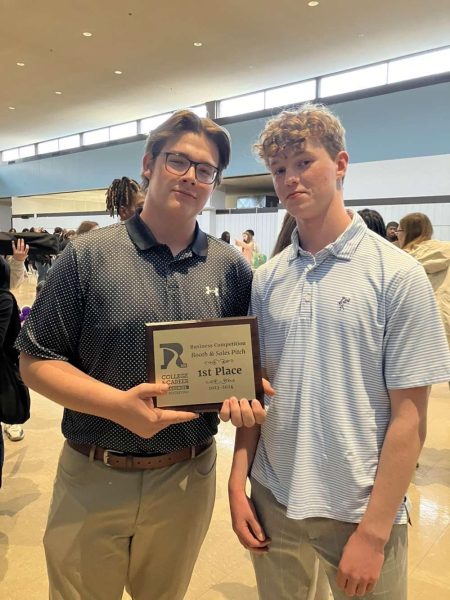25-minute periods affect some classes more than others
Trinity Miller(10) works on an assignment during Chemistry class.
Ever since the school year started, there have been countless problems relating to both students and staff. The school has done its best to protect people from catching COVID-19 in the building and stopping its spread once someone is sick.
One of the major methods of protection was moving all students to full remote schooling until the end of winter break. This schedule change, known as the “Adaptive Pause,” featured 25-minute classes so that students were finished with remote in-class learning by 12:30. Students then had the afternoon to work on assignments and attend “Office Hours” with teachers.
Beginning February 1, the district has changed schedules again with elements similar to the Adaptive Pause, but it will accommodate both in-person and remote students.
“I understand where the idea was coming from,” said Rejhan Jakupi, sophomore, “but if kids were struggling beforehand, how is the 25 minutes going to be enough time for them to work?”
The Adaptive Pause was very safe, as it guaranteed that no students would become sick in the building, but it also drastically altered classes to fit this new online-only schedule. This new schedule also meant that everyone would have to log onto their school laptops and join a class Google Meet or Zoom every weekday, with exclusion to Wednesdays, which were still WIN Wednesdays.
“I prefer to be there experiencing the work myself in person,” said Omar Valdez, sophomore. “I feel like I can learn better in a classroom.”
Every class was affected by this change, but some classes were more negatively affected than others. Chemistry classes, for instance, took a drastic change from the pacing they had before the move. Being forced into the shorter time constraint, lab assignments, and being able to perform experiments became impossible.
“I know I am constantly reminding students about office hours, WIN Wednesdays and after school tutoring,” said Ms. Erin Krieg, chemistry teacher. “Those interventions add up to around 16 hours of extra help from teachers. We are giving students every opportunity possible to be successful.”
Most of the time, the classwork was either taking notes or doing experiment equations.
“Right now there aren’t any ‘projects,’ just worksheets,” said Angela Alferez, sophomore. “It isn’t too difficult, but the unavailability of the teacher is a struggle.”
Chemistry classes have experienced a drop in both student grades and performance in the classroom. This is significant because students need to pass three science classes to graduate high school.
“I can’t speak for other teachers, but unfortunately my failure rate is up, and class average percentage is down,” said Ms. Krieg. “I think we have an integrity issue with students completing assignments and exams at home. I feel students can excel if they have the internal motivation to do so.”



